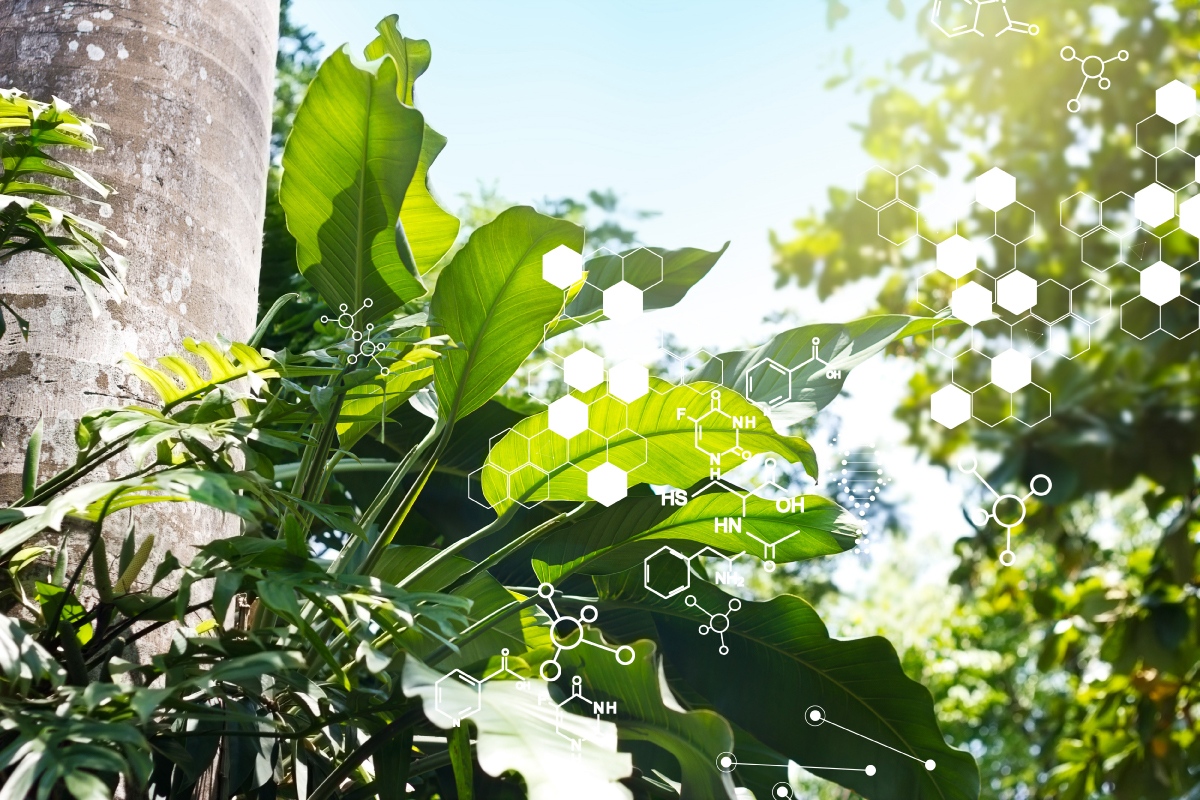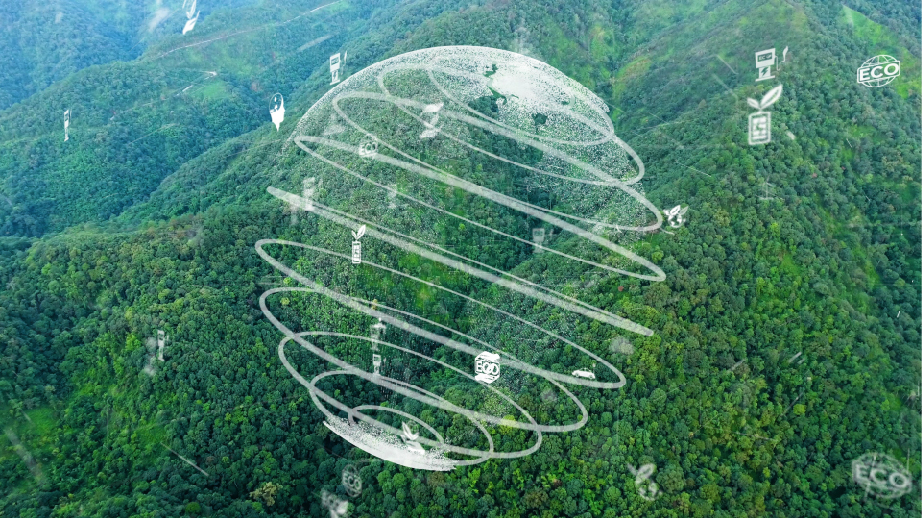
Why nature & technology should have a mutualistic relationship
By Sunny Trinh
How can nature be harnessed to mend the wounds of climate change? Greenpeace gives a straightforward answer to resolving this issue – that central to all solutions is reducing greenhouse gas emissions, specifically identifying forests and oceans as ways to regulate our climate.
These particular carbon absorption methods are known as nature-based solutions and contribute to the hope of limiting global warming to below 2ºC as laid out by the Paris Agreement adopted in 2015.
As Andrew Weaver makes clear in his blog post “A Climate for Hope,” and as Griscom et al. published in the Proceedings of the National Academy of Sciences, nature-based solutions can be used to meet 20% of the required emissions reductions. This 20% is essential, of course, and professionals in the field agree that these solutions are necessary to meet our goal of staying below 2.0ºC. But where do the other 80% of required emissions reductions come from?
Well, that’s where emissions technology is critical to our goal. There has recently been backlash to nature-based solutions, and it’s been a little over six months since it was claimed that more than 90% of rainforest carbon offsets by Verra were considered valueless. The article argued that carbon credits, which permit companies to emit a certain amount of CO2 or other greenhouse gases, were approved for deforestation reductions despite demonstrating no measurable benefit to the climate.
To clarify, this wasn’t an issue with the carbon credits themselves. As laid out by Riverse, the credits themselves aren’t inherently good or bad, but rather a tool that can be used for good or bad. The focus must be on improving the systems which permit valueless carbon credits.
The umbrella term for these deforestation reductions falls under REDD+, a climate change mitigation solution developed by the UNFCCC (United Nations Framework Convention on Climate Change) during COP13, and the negative report by the Guardian article left many wondering where the carbon credit market can go from here.
However, the issues with REDD+ that allow the generation of low-quality credits can be addressed by shifting to updated projects with the help of an approach that may seem at first glance like a paradox to nature-based solutions: technology.

As emerging technologies have quickly advanced, nature-based programs have started implementing these innovations—including geospatial technologies for nature-based planning, remote sensing, uses of AI, data-driven approaches for quantifying benefits, and more—to address several problems.
Specifically for tree planting projects that fall under the category of reforestation, The National Forest Foundation states that drones currently utilize LiDAR (Light Detection and Ranging) technology for mapping seeding sites to reduce the number of seeds per site. This technology can increase the survival rate of the seeds and thus lead to better sustainability practices. To date, LiDAR has only been used for supplementing hard-to-reach areas. Nonetheless, it highlights the positive impacts that technology can have on nature-based solutions.
Using machine learning, Earthshot has mapped the potential of natural reforestation projects using a previously published literature review. Researchers are also building machine-learning algorithms to reduce emissions from deforestation and forest degradation with selective datasets.
Outside of deforestation reduction programs, technology has been used for other forms of climate mitigation, like plugging orphaned oil and gas wells that emit methane despite not being in use. The EPA estimates that methane emissions from over two million inactive and unplugged wells produce CO2 emissions equivalent to 7-20 million metric tons per year. This amount is roughly equal to the emissions of 2 to 5 million cars and requires a significant amount of attention to mitigate.

Luckily, companies like TS-Nano are working on reducing the methane emissions from orphaned wells. TS-Nano, in particular, has developed a sealant that can be mixed with concrete to penetrate microcracks when plugging these wells, which reduces greenhouse gas emissions relative to other well sealants.
For carbon companies such as DevvStream, TS-Nano's partner, the goal is to build programs that allow corporations to profit from creating these sustainable solutions. Whether it’s nature-based solutions like managing 8.3 million hectares of Amazon Rainforest land in Bolivia through AI and advanced imaging techniques or technology-focused projects like creating a methane-reducing oil and gas wells program, the goal is to combine technology with nature to reach the goal of limiting global warming to below 2ºC.
Another criticism of nature-based approaches is the need for more precision when quantifying the impact of carbon reduction projects. If the quantification is inaccurate, the number of credits may be overestimated, leading to greenwashing or even outright fraud. When companies create models for estimation, it is in everyone’s best interest to generate as many carbon credits as possible – except the Earth’s.
In response to carbon brokers taking more than their fair share of money from the carbon credits, the Zimbabwe government regulated carbon offset trading and planned to take 50% of all revenue generated from the carbon projects in part to create jobs in Africa and give back to the local community.
This lack of trust can be improved through technological advancements, such as AI and satellite monitoring, allowing data to be more impartial and precise. Companies like Devvio have created a blockchain for managing carbon credits transparently, to build trust and hold stakeholders accountable. The evolution of AI will allow models to use historical data and create more accurate outcomes too.
In all these real-world examples, there is no competition between nature and technology. These two sectors can have a mutualistic relationship where both can benefit. The issues of reliability, transparency and efficiency can be solved to help carbon credit values reach their potential, and nature-based organizations should see technology as a tool to harness rather than an adversary to compete with.

